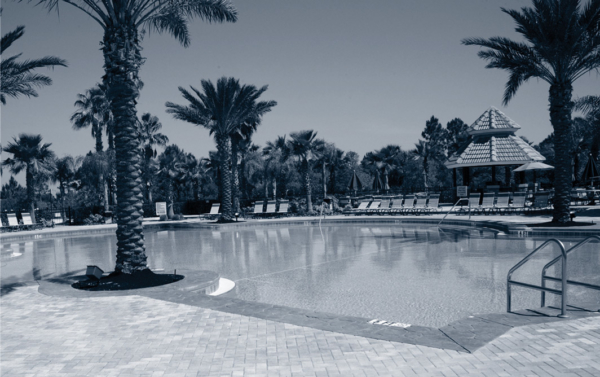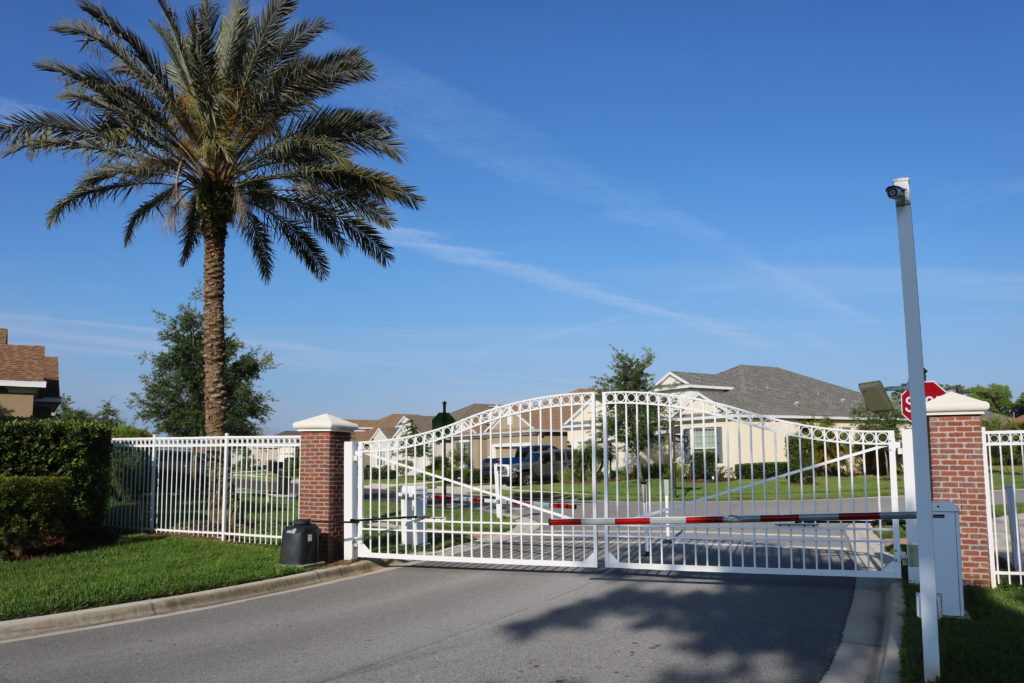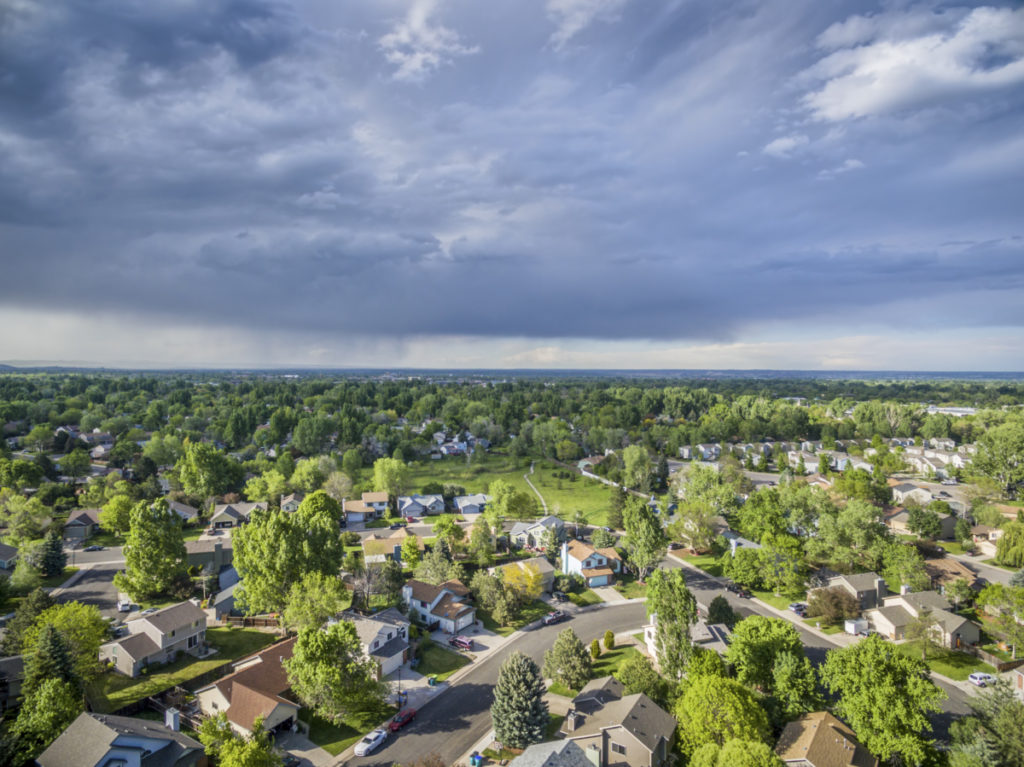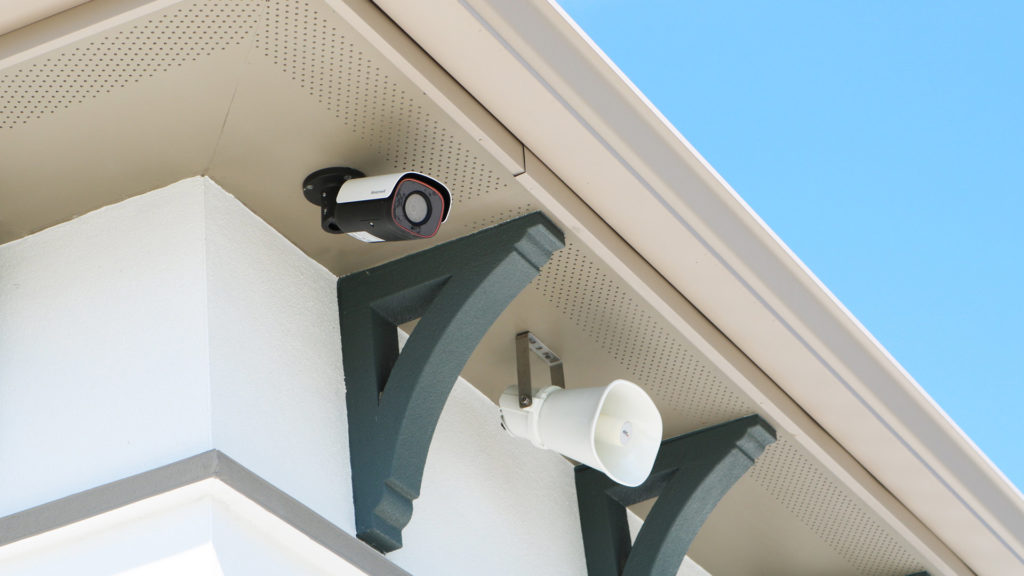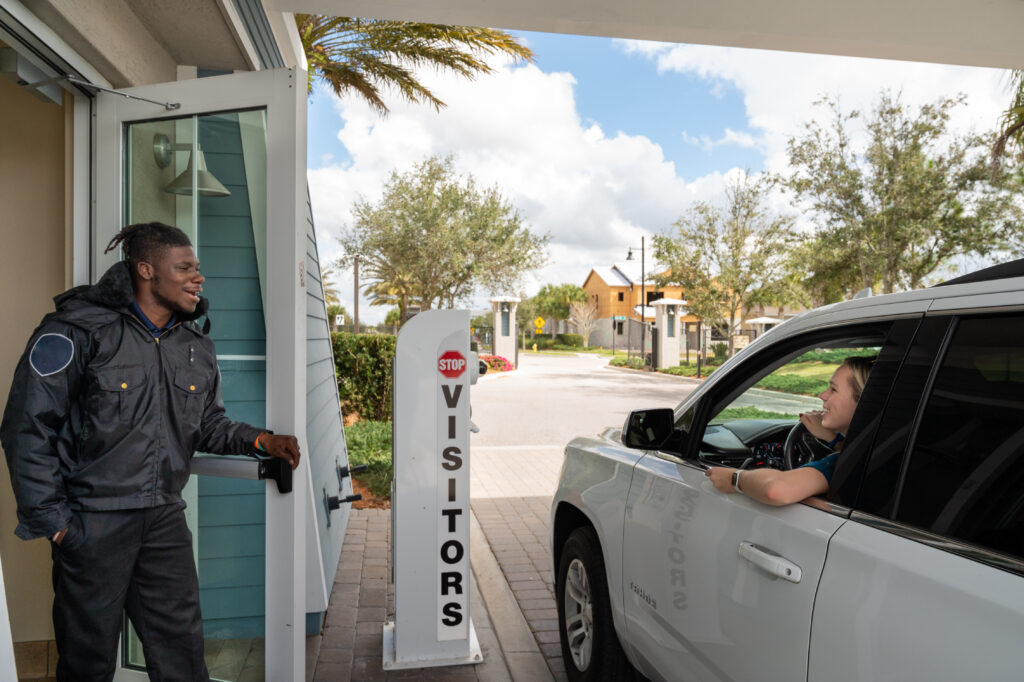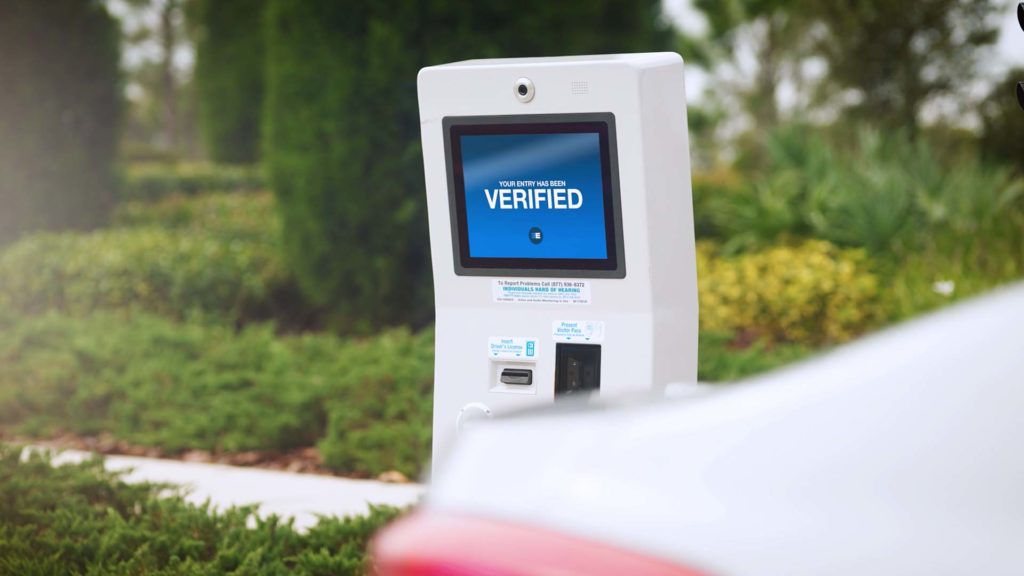With each passing day, the numbers showed a need to prepare. Restaurants would only offer take out or delivery, events and meetings canceled, and social distancing became the new way of life. As doctors, nurses, grocery stores, and so many more were handling the bravest and biggest responsibilities, community association managers and staff had to look at their own properties and address their efforts to slow the spread of the COVID-19 pandemic.
“Two and a half years ago, we were managing the results of Hurricane Irma. Now we find that ‘normal’ has shifted again…” says Laura DePamphilis. DePamphilis is a community association manager with Southwest Property Management, and even in trying circumstances, she knows just how important it is to keep residents and employees safe. “We’re all trying to continue to do our jobs, but the ways in which we operate have changed.”
Like so many other associations, DePamphilis had to close her community’s amenities. Gates and doors were locked at pools, fitness centers, clubhouses, and any other area “where residents would congregate in large groups.” Activity in places began to slow, “day-to-day personal interactions came to an abrupt halt, and some resources were suddenly unavailable to us,” says DePamphilis. One thing that had not changed was the security the communities needed. In fact, it needed to be enhanced quickly.
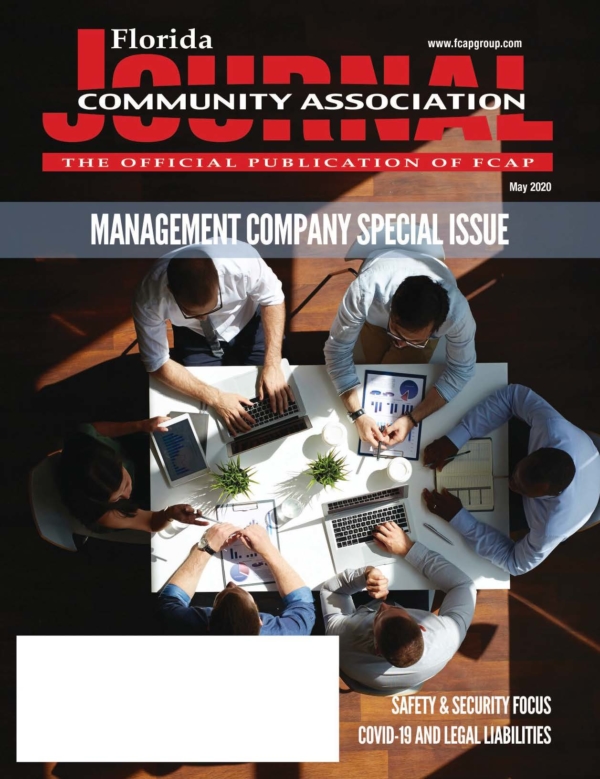
Associations with systems in place soon found that the more technology-forward their security was, the easier it would be to make critical changes. Starting at amenities, communities utilizing a web-based access control system could simply and efficiently restrict access to an area, 24 hours a day and for all users. Even with an authorized credential (that would typically open a door or gate), the amenity would stay locked and prevent people from entering until or unless access was restored.
Furthermore, most communities using a web-based access control system have it consolidated to manage multiple areas in a community. This means the association could quickly restrict access to various community assets without issue.
For some, this sounds like a basic security system. Yet in a time of need, there were also communities without locks on their pool gates or proximity readers to keep people from entering. Instead, they had to look for additional ways to physically shut down as much as possible.
While access control is typically the first layer of defense, communities that employ mechanical systems often utilize video surveillance to enhance the security. The average camera system is expected to record footage 24/7, which does serve as a deterrent and can provide evidence if needed. However, a passive video system at the amenities was not going to respond to any trespassers violating the shutdown of an asset.
Instead, associations turned to efficiently using an active video surveillance system (if installed). With this type of solution, the cameras that comprise the system are programmed with video analytics or artificial intelligence. When connected with a security provider, virtual guards are alerted if trespassers enter an amenity area when closed, and they are able to “voice-down” to them in real time. Since most amenities are normally closed overnight, the system is only “active” at that time.
In needing to close community amenities all day and night, associations turned to their vendors to revise the system and make it active at all hours. For virtual security providers capable of continued coverage, the transition to extended monitoring was seamless. By employing virtual guards, communities could shift their focus to other priorities knowing their assets were protected. Additionally, the use of remote security kept on-site personnel from harm, since they would not have to visit a site to address an incident.
For Carmen Morales, a property manager with Castle Group, it goes further than simply having enhanced security measures. Especially in unusual times, the combination of a system with support is “also giving members a peace of mind that the community is being watched and protected.” This is a quality that we all look to during stressful times.
With every decision and effort made, property managers, association staff, and vendors always have their communities’ best interest in mind. “We were trying to communicate effectively and often with our boards and our members. Letting them know that we make the accommodations necessary to keep them and us safe, and reassuring them (and perhaps ourselves) that we will get through this,” DePamphilis explains.
Throughout an evolving situation, technology, systems, and software available showed us just how effective certain businesses and functions could be. From communication to security, communities and providers quickly grasped what needed to be done for continuous safety and leveraging the methods already in place. What felt, and may still feel, like chaos, was also a depiction of commitment and dedication to a much greater cause.
Please note— this article was written at the height of urgency surrounding the pandemic of COVID-19. Scenarios may have altered by the time of this article’s release.
You can read the complete issue and original article here: FLCAJ – May
You can also download the article here.
